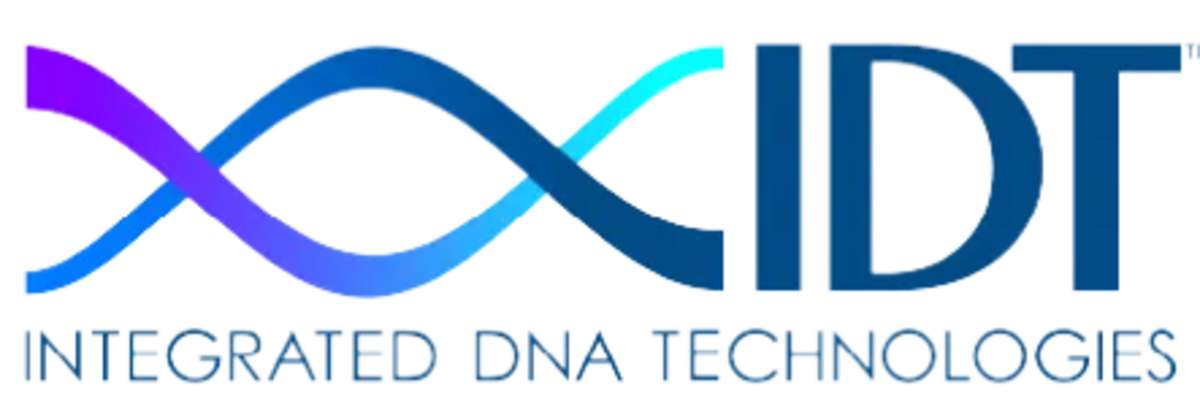Overview
Antibody research is a crucial first step for antibody and immune-oncology drug development. This discovery research process includes steps from target assessment to lead optimization and applies a variety of molecular engineering and synthetic biology methods. Ultimately, lead candidates are selected based on a desired set of biological activities, including functionality, binding selectivity, affinity, and stability, which help to enable further antibody development studies.

What is Antibody discovery
Antibody discovery involves the application of structural computation and library generation to screen properties of antibody and antibody-like molecules for downstream research approaches.
The early discovery phase focuses on antibody binding properties or antibody “hits” and occurs before a pre-clinical or clinical phase. During the discovery phase, antibody researchers will tailor affinity and stability to yield better results for a potential therapeutic candidate.
Antibody discovery workflow (discovery phase)
Target Assessment
Target assessment involves both target identification and target validation. Targets are genes or proteins that have some function in a particular disease or pathway. Identifying and characterizing a “druggable” target for a therapeutic antibody is the first step in understanding how to treat the disease of interest.
The target identification step usually casts a wide net and can include bioinformatics approaches to find mutations associated with diseases, as well as other methods such as RNA-Seq or proteomics to compare expression profiles, in vitro phenotypic or pathway analysis, or the generation of large gene knockout libraries. Once possible targets are identified and the possibilities are narrowed down, the target is confirmed using a second, more specific approach such as functional screening with knockdown (RNAi), or knockout (CRISPR) libraries.
Hit Generation
This stage begins by confirming an interaction between an antibody and the target (i.e., antibody-antigen interactions), often by injecting an antigen of interest into a host animal to generate an immune response. Classically, this is done in humanized mice to generate monoclonal antibodies but can also be in other animals such as llamas, which generate single-domain nanobodies that are easier to produce and can penetrate hard-to-access targets. In vitro selection techniques, such as phage display and yeast display, are also common. In these approaches, the antigen protein is fused to a surface protein on the phage or yeast and vast numbers of potential antibodies are screened to find “hits” which, in this instance, are antibodies that can bind to the antigen protein.
Hundreds of hits may be generated through this process and subsequently are profiled. At the profiling stage, researchers rely on virtual screening, assay development, and high-throughput screening approaches to identify which hits have high titers and promising properties like a high binding affinity, selectivity, and lack of toxicity.
Lead optimization
Once lead antibody molecules are selected through a series of screening processes and have met the pre-established criteria, further alterations allow for improved efficacy and safety. One type of optimization can be done through altering the sequences of the antigen-binding regions of the antibody in order to enhance certain properties, such as binding selectivity and affinity.
In this process, variable light and heavy chain regions are analyzed, often by next generation sequencing. Researchers can then create variants via mutagenesis or by using synthetic dsDNA through an iterative process to further screen and select which molecule to move forward in the workflow. These leads are used in in vivo studies to better understand the dynamic interactions with the biological system of interest. This then results in a therapeutic antibody candidate and ends the discovery phase of the drug development process.
Target Assessment
Lead Optimization
Candidate Selection
How can synthetic biology be used in drug discovery?
Genes and gene fragments can be used throughout this antibody discovery process.
Gene Fragments can be used to synthesize sections (i.e., Fc portion or variable regions of antibodies), or site-directed mutagenesis libraries can be created. For researchers that prefer to skip cloning in-house, complete genes can be ordered here.
Products for Antibody Discovery
xGen DNA Library Prep Kit
Streamline preparation of NGS libraries from dsDNA in your research. These kits utilize enzymatic fragmentation or mechanical shearing methods to generate libraries suitable for PCR-free, PCR-amplified, and targeted sequencing research applications.
eBlocks™ Gene Fragments
eBlocks Gene Fragments are dsDNA Fragments of 300-1500 bp in length. They are uniquely suited for high-throughput screening (HTS) of multiple constructs, especially for antibody discovery workflows.
gBlocks™ & gBlocks HiFi Gene Fragments
gBlocks and gBlocks HiFi Gene Fragments are dsDNA fragments of 125–3000 bp in length. They are designed for affordable and easy gene construction or modification, qPCR/NGS controls, and more.
Gene synthesis
MiniGene™ Synthetic Genes and Genes are NGS-sequence verified dsDNA in a plasmid. DNA sequences 25 bp to 5 kb or longer are provided with IDT’s in-house cloning vectors, or your own custom vector without additional cloning fees.
oPools Oligo Pools
oPools Oligo Pools are pooled, high-fidelity single-stranded DNA sequences that are can be used for accurate, reliable, and affordable CRISPR libraries; primer pools for multiplex PCR; gene construction; data storage; and FISH analysis.
Methods for Antibody discovery
Codon Optimization
A number of factors contribute to gene expression in heterologous systems, including codon preferential usage. IDT offers a codon optimization tool to convert DNA or protein sequences from one organism for expression in another.
Cloning
The Cloning guide is a detailed handbook for using IDT’s synthetic gene fragments for successful cloning applications.
High-throughput Screening
Screening antibody leads in a high-throughput manner saves time and resources, driving your research forward by helping you to find the ideal antibody candidate for downstream applications.
Site-directed mutagenesis
The Mutagenesis handbook walks you through the steps of mutagenesis, including site-directed mutagenesis, using synthetic double-stranded DNA for mutagenesis, and more.
More information about synthetic gene fragments:
More information about NGS:
Who is IDT?
Integrated DNA Technologies (IDT) is your advocate for the genomics age. They produce tools for NGS, CRISPR, qPCR and PCR. Their products include DNA/RNA oligos, genes and gene fragments. For more than 30 years, IDT's innovative tools and solutions for genomics applications have been driving advances that inspire scientists to dream big and achieve their next breakthroughs.

